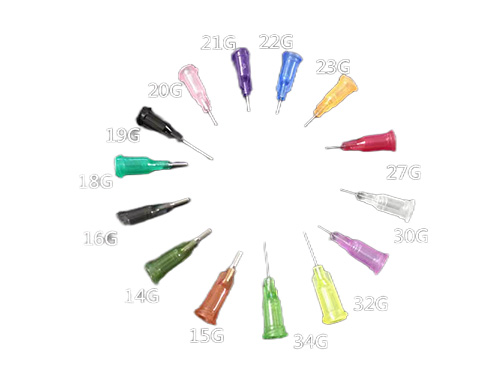The Impact of Standardized Seedling Tray Production on Agricultural Development
2025-01-17 15:26:29
The Need for Standardization in Agriculture
Agriculture is the backbone of global food security, and innovations in farming tools play a pivotal role in increasing productivity and sustainability. Seedling trays, essential for modern farming, are now being standardized to ensure consistent quality and performance. This standardization has far-reaching implications for agricultural development, benefiting farmers, manufacturers, and the environment alike.
What Is Standardized Seedling Tray Production?
Standardized seedling tray production involves creating trays with uniform dimensions, materials, and cell configurations. This process ensures compatibility with modern farming practices, machinery, and environmental requirements.
Key Benefits of Standardized Seedling Trays
1. Improved Efficiency and Compatibility
o Standardized trays fit seamlessly with automated machinery used in large-scale farming and nursery operations, such as seeders and transplanting robots.
o They also integrate well with various irrigation systems, ensuring uniform water distribution.
2. Enhanced Seedling Quality
o Uniform cell sizes and materials promote consistent seed germination and root development.
o This reduces variability, ensuring that all seedlings grow at a similar rate, which is crucial for synchronized planting.
3. Cost-Effectiveness for Farmers
o Standardized production reduces manufacturing costs due to economies of scale, making high-quality trays more affordable.
o Reusable and durable trays minimize long-term expenses for farmers.
4. Global Trade and Market Access
o With standardized dimensions and quality, trays can meet international agricultural standards, facilitating global trade.
o Farmers and distributors can source trays from multiple suppliers without compatibility concerns.
The Role of Standardized Seedling Trays in Agricultural Development
1. Promoting Precision Agriculture
o Standardized trays align with precision farming techniques by enabling accurate sowing, watering, and nutrient application.
o They contribute to higher crop yields and reduced waste, boosting overall agricultural productivity.
2. Supporting Sustainable Practices
o Many standardized trays are made from eco-friendly materials, reducing the environmental footprint of farming.
o Their design encourages the efficient use of water and fertilizers, aligning with sustainable agriculture goals.
3. Facilitating Urban and Vertical Farming
o In urban farming setups, space is a critical factor. Standardized trays with stackable designs optimize vertical farming operations, maximizing productivity in limited spaces.
4. Boosting Small-Scale Farmers
o Affordable and high-quality trays provide small-scale farmers with access to modern tools, bridging the gap between traditional and advanced farming methods.
Challenges in Implementing Standardized Seedling Tray Production
1. Initial Costs for Manufacturers
o Transitioning to standardized production may require significant investment in new molds, machinery, and quality control systems.
2. Resistance to Change
o Farmers accustomed to traditional trays may hesitate to adopt standardized products, requiring education and awareness campaigns.
3. Environmental Concerns
o While some trays are eco-friendly, many still rely on plastics. The industry must balance standardization with sustainability.
Solutions to Overcome Challenges
1. Incentivizing Manufacturers
o Governments and agricultural organizations can provide subsidies or tax benefits to encourage the production of standardized, eco-friendly trays.
2. Farmer Training Programs
o Conduct workshops and demonstrations to educate farmers on the benefits of standardized trays, addressing concerns and misconceptions.
3. Focus on Sustainability
o Prioritize the development of biodegradable or recycled materials for tray production, aligning with global environmental goals.
The Future of Standardized Seedling Tray Production
1. Integration with Smart Farming Technology
o Standardized trays may incorporate IoT sensors to monitor seedling growth, water needs, and nutrient levels, enabling real-time adjustments.
2. Expansion in Global Markets
o As more countries adopt standardized agricultural tools, international collaborations and trade in seedling trays will expand.
3. Customization Within Standardization
o Manufacturers may offer standardized trays with customizable features, such as varying cell sizes or depths, to meet specific crop requirements.
Conclusion: Advancing Agriculture Through Standardization
The standardization of seedling tray production is a game-changer for agriculture, driving efficiency, sustainability, and global accessibility. By ensuring consistency and quality, standardized trays empower farmers to adopt modern practices, achieve higher yields, and contribute to a sustainable future.
As the agricultural industry continues to innovate, standardized seedling trays will remain a cornerstone of progress, supporting farmers in their mission to feed a growing global population.

It adopts electrical integration and can be started by pressing the fully automatic button ...

The XP750 seeder has stable performance, excellent product quality, simple and convenient o...

It adopts electrical integration and can be started by pressing the fully automatic button ...

Needle list Seed nozzle model Different models Sowing types are different...



